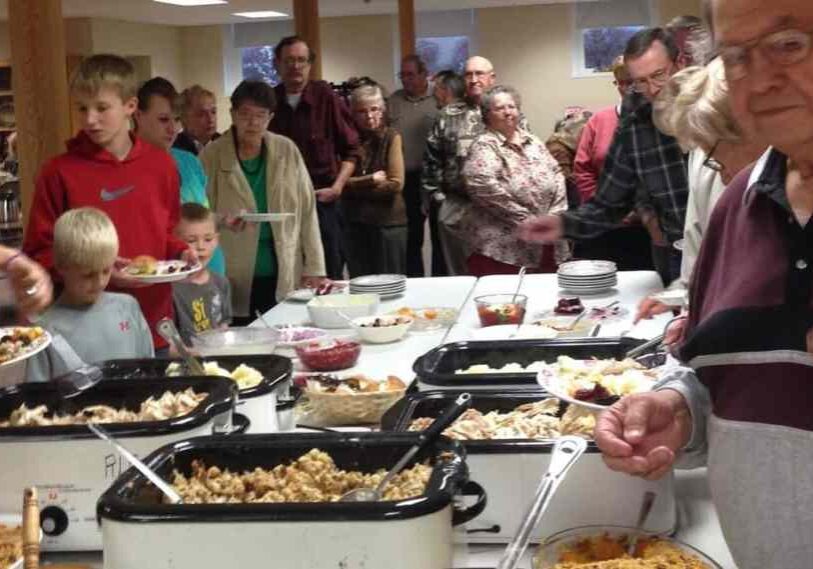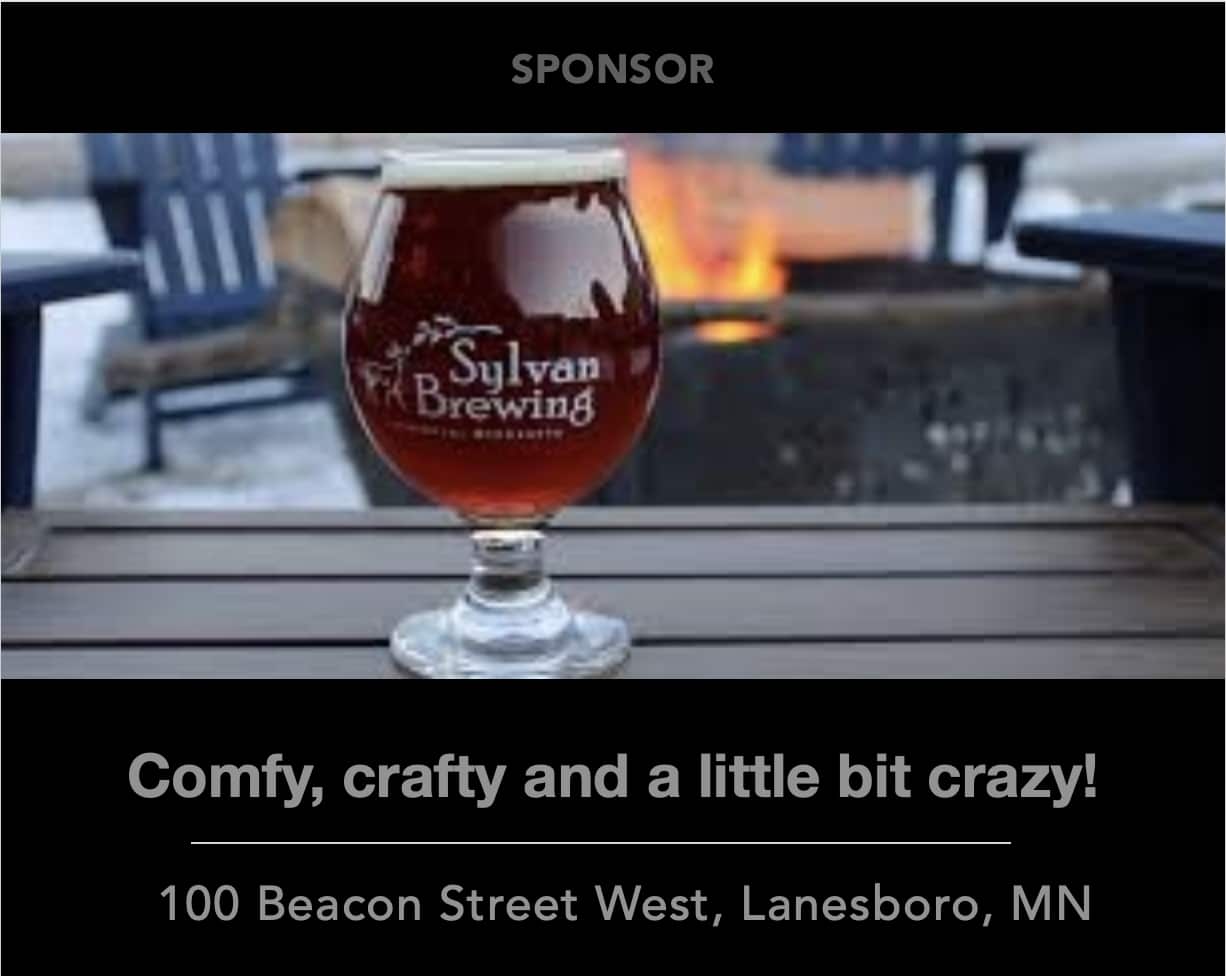German Genius, Duped to Death

BRISTOL TOWNSHIP, FILLMORE COUNTY — Jacob Doerrler’s family thought he was brilliant … until he was bamboozled into his own demise in Farmville, USA. Then, the embarrassment of such a strange death led his family to bury the truth of his disappearance along with his body.
Then, for four generations, Jacob’s sister, Theresa Doerrler Wiener (1861–1926), perpetuated a story about how he never immigrated to America and died in war, serving the German Imperial Army back in Baden. Though the story she crafted lacked any evidence, descendants accepted this fiction as truth. Now, the search for this missing person and the strange circumstances of their death have been narrowed down to six feet underground in Granger, Minnesota.
Jacob, the Genius
Joseph Jacob Doerrler (1858-1881) grew up in Mosbach, Baden (presently Baden-Württemberg). He is one of seven children born to Valentin Jacob Doerrler (1830–1866) and Maria Josepha Baumann (1831–1911). As a child, Jacob excelled in mathematics, world languages, and art. At school, he earned accolades for impressive penmanship, sketching and scroll work.

Martha Nasch’s claims led to her committal in the St. Peter State Insane Asylum. She composed a book of poems from the asylum that has since been published.
“Jacob was a Jeanus[sic]!” his nephew Louis Jacob Nasch (1884–1964) of St. Paul boasted with surety. In the 1910s, Louis inherited several doodled-in schoolbooks showing his uncle’s fine craftsmanship. On passing the items down, his grandmother Maria Doerrler Khales shared with him how Jacob used to charge the equivalent of two cents to write his classmates’ and teachers’ names using embellished calligraphy. Fascinated by the artistic uncle he never met, Louis interviewed his grandmother and recorded her answers for future generations.
By the age of seventeen, Jacob received a desirable invitation to work with a major “picture company” in Germany. Unfortunately, as he came of age, the German Imperial Army demanded his service. Jacob never wanted to be a soldier.
He begged of his mother, “I want to go to America!”
Four years prior, Jacob’s stepfather Sebastian Kahles (1836–1914) had already sailed across the Atlantic without the family. Sebastian was a former Prussian soldier, either seeking good soil and adventure in the new land… or evading the mandatory military service that young Jacob got caught up in. Due to a well-documented love lost between Sebastian and Maria, she had no plans to join him with her children in America, ever. He allegedly robbed her dry goods store to fund his journey overseas and the convenient divorce by distance suited her quite well.
Jacob pleaded in desperation as the Empire sought to expand its borders.
“Soon there will be war and if I get to be a cripple … you would be to blame, mother,” he told Maria. By or before 1877, Maria closed her store and reunited with Sebastian in Fillmore County, Minnesota, along with her two daughters. Jacob, however, wasn’t listed on the 1880 U.S. Census with his family. Did he remain behind, as Theresa claimed? If so, was he already dead by then? After a wild goose chase through German military records and grave record searches, nothing turned up on the former soldier.
If it weren’t for Jacob’s old English language textbook in Louis’ possession, this cover-up story might have continued in perpetuity. Inside the book’s cover, Louis saw Jacob’s unmistakable handwriting: “Fillmore, Minnesota 1877.” Why or how could a dead guy in Baden write such a thing?
Louis pressed his grandmother for more information. Before she died in 1911, he captured the heartbreaking truth.
On arrival to the United States, Jacob was old enough to work and live on his own. He ended up living in Harmony, one township away from his family. Instead of pursuing his artistic talents, he took a job as a live-in farm laborer for Thomas Moore’s “Yankee” (American) family. Mr. Moore allegedly took advantage of desperate immigrants who came through town. He overworked Jacob for at least three years. Sebastian urged his stepson to find better work, but Jacob did not listen.
By the end of the summer, Jacob became severely ill from sunstroke (aka “heatstroke”). His weakness cost him his job and live-in privileges. His mother tried nursing him back to health in her home. The standard treatment for this ailment in the 1880s was rest, fluid intake, and evaporative cooling techniques, such as wrapping a wet blanket around one’s body.
Despite his mother’s care and concerns, Jacob became dazzled by an unusual solution. He found an article in the newspaper about a doctor in New York who advertised extreme fasting as a way to heal all maladies. This doctor is suspected to be Dr. Henry S. Tanner from Minneapolis, MN.
When Dr. Tanner struggled from a painful gastrointestinal issue, he instinctively abstained from all food. Dr. Tanner’s desperation for relief drove him to complete a water-only fast for a (then) record-breaking 42 days. After this feat, he claimed his health had been fully restored. In August 1880, Dr. Tanner was brought to New York to repeat his experiment under 24/7 surveillance. While living in a New York University classroom, physicians and members of the press could come observe his every move. Newspaper readers from all over the country followed the story carefully to see whether the “quack” doctor would live or die. Once again, Dr. Tanner proved beyond the shadow of a doubt that going food-less for 40 days was not a hoax, and that long periods of abstinence acted as a reset button for one’s total health. The results of this cure-all experiment were immediately published in Forty Days Without Food: A Biography of Henry S. Tanner by Robert Gunn.
Could Extreme Fasting Restore Jacob, Too?
Jacob sent the doctor a list of his symptoms and $30.00 of his hard-earned cash (about $800 in 2021). The doctor responded with advice that boiled down to: “Don’t eat this, eat this, don’t eat that” (as Louis put it). Though Jacob did not attempt a full caloric deprivation, he cut out so much from his diet that, “He just starved,” Maria relayed to Louis.
At meals, Jacob complimented his mother’s familiar cooking with, “I could eat that n’lickt [the] bowl!” Despite his appreciation, he ate nothing. Over the next few weeks, Jacob grew weaker, not stronger. Maria’s concerns for her son skyrocketed and she tried to get a local physician to talk sense into him, but Jacob refused all logic and reason, believing he, like Dr. Tanner, was going to save his own life.
Soon, a blowing and blinding snowstorm rolled through, and Jacob’s body began to shut down. Maria cried out for Sebastian to find the Catholic priest.
“I don’t think our Jacob will live ‘till morning,” she lamented.
Sebastian raced the cart and horses through a “right cold” storm. The first one he found requested an upfront cash payment to make the late-night house call. Furious at the demand, Sebastian charged on to the next rectory one city over (likely Harmony). He and the second priest arrived back on the Granger farm in the dark of night, chattering their teeth. Before the priest stepped foot on the property, Maria ran outside in tears. She announced, “Jacob just died.”
The next day, Jacob disappeared.
Louis never wrote down what Maria said about Jacob’s funeral or burial. The local church’s cemetery record contained nothing for Jacob, either. Presumably, as Jacob’s death was self-imposed (a mortal sin) and because he had not lived long enough to receive his last rites, he would not have been interred at the church’s cemetery. A deeper search in 2022 with the assistance of a Fillmore County recorder produced neither a death certificate nor a grave location. It would seem that the mystery of the gullible immigrant, Jacob Doerrler, has met its “dead end,” but that’s not all… Louis’s meticulous family history records contain the details of yet another extreme faster in the family.

Martha Nasch’s story was published in Time Weekly Magazine.
What Are The Chances?
In the 1920s, Louis’ wife Martha survived a food-less regiment for seven years. As unbelievable as this sounds, Louis was one of three credible witnesses who testified in a sworn statement to his wife’s “supernatural condition,” as she labeled it for a press interview in 1934. Her claims landed her a committal in the St. Peter State Insane Asylum, but her story was featured in nearly a hundred national and international newspapers, mentioned in Time Weekly Magazine, and she has recently gained global recognition as one of the earliest examples for the Breatharian lifestyle. Using Louis’ records and a collection of Martha’s own writing from the hospital, descendants have been able to produce a complete biography of the amazing true story of Martha Nasch: The Woman Who Never Ate, Drank, or Slept, for Seven Years.
A version of this article appeared in the Fall 2022 edition of the Fillmore County History Society newsletter. For more information, visit FillmoreCountyHistory.org.






